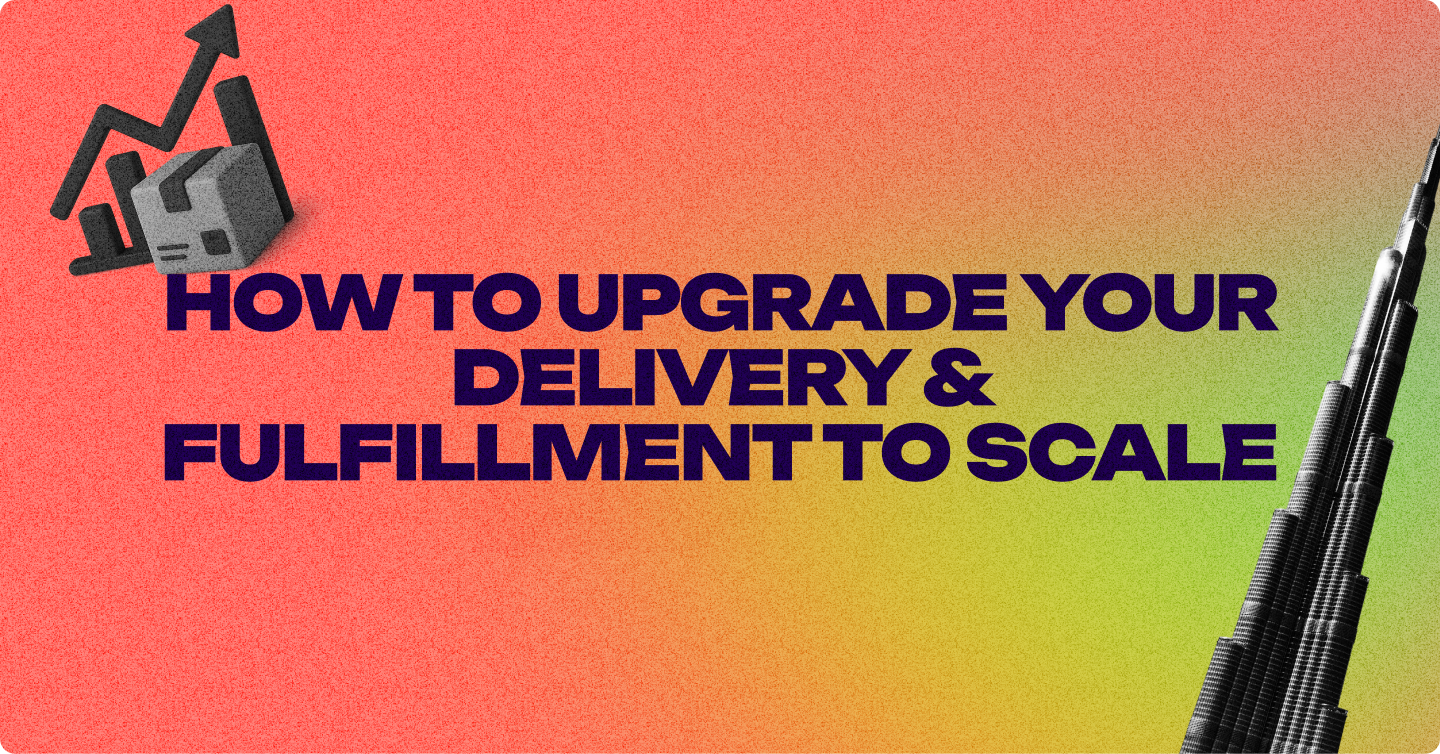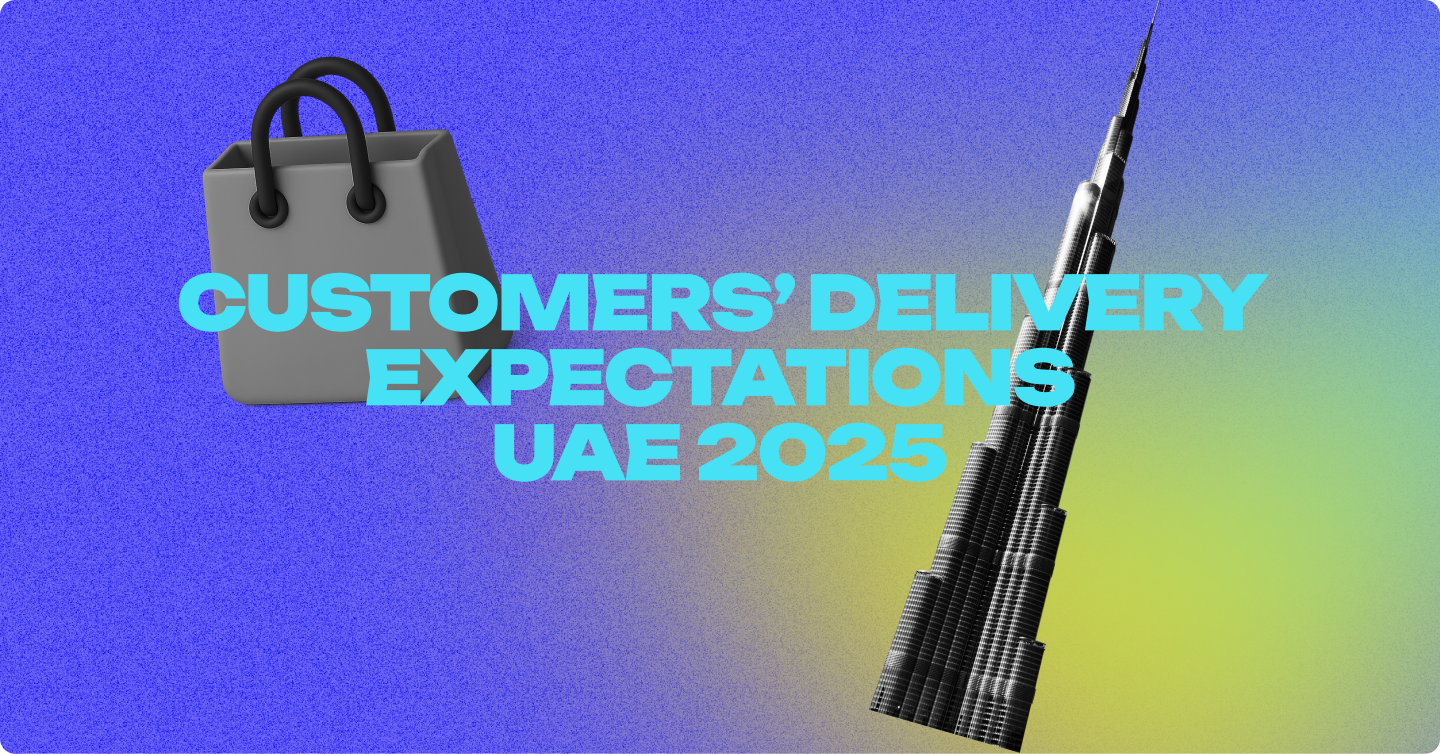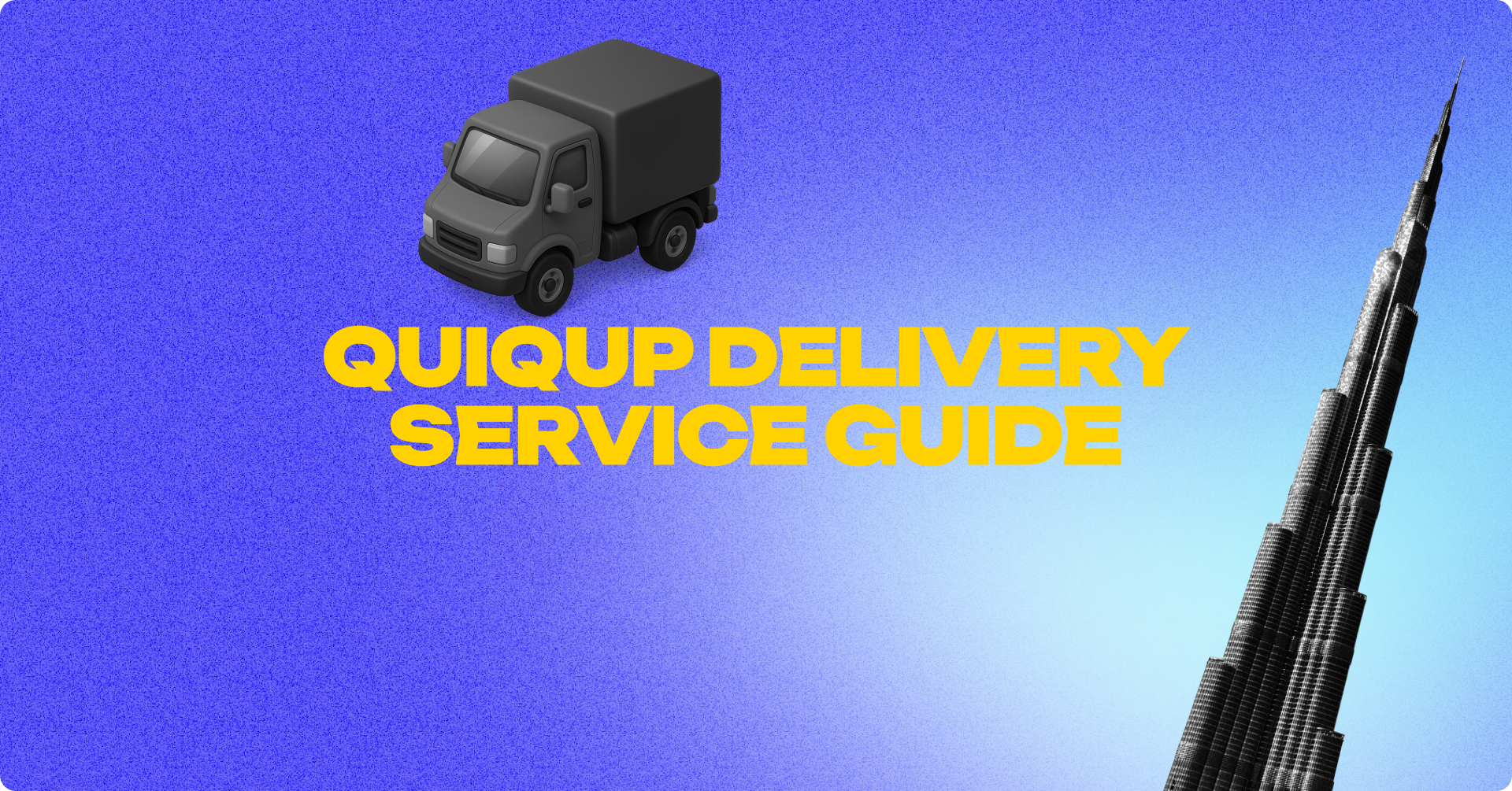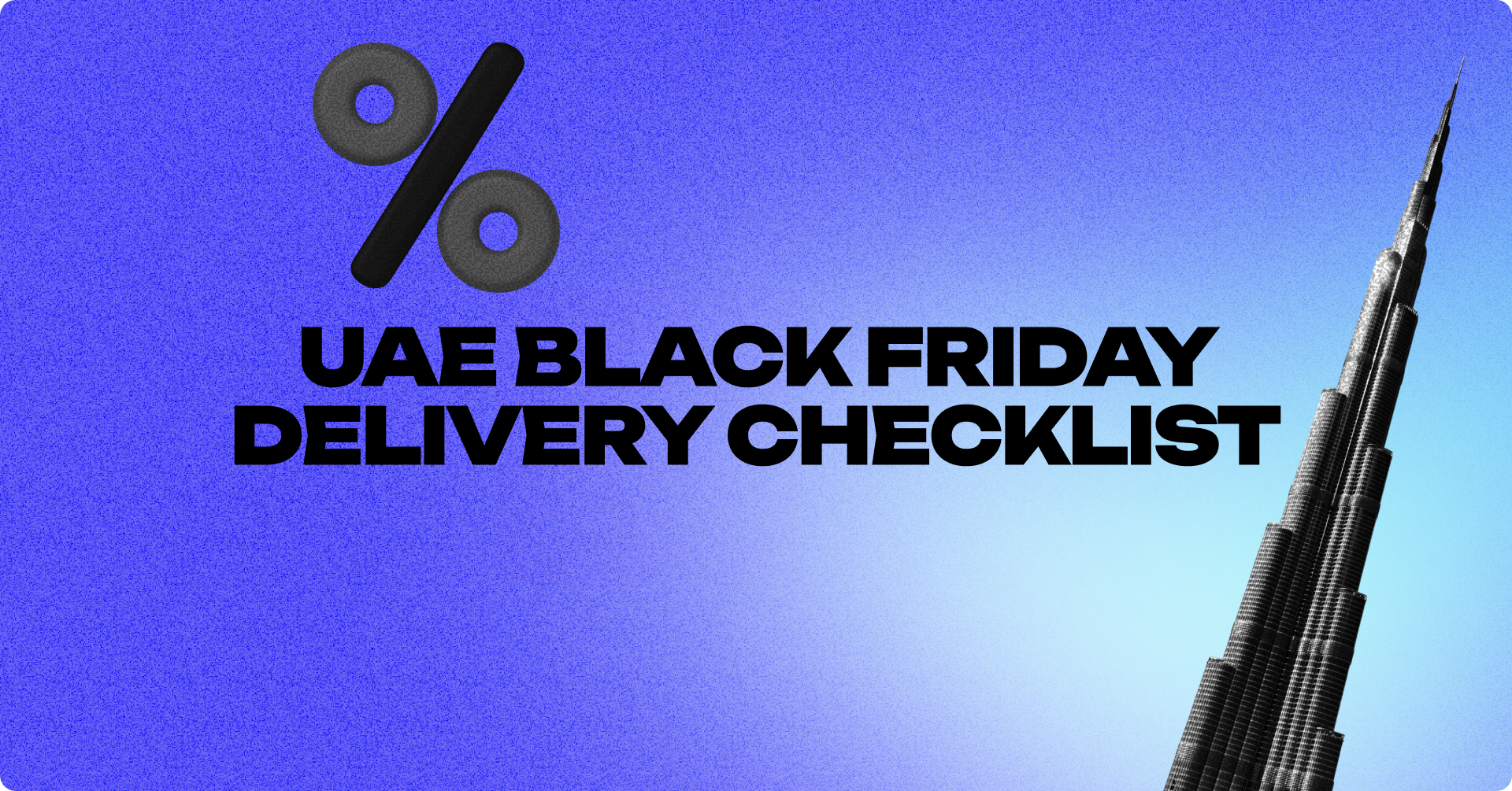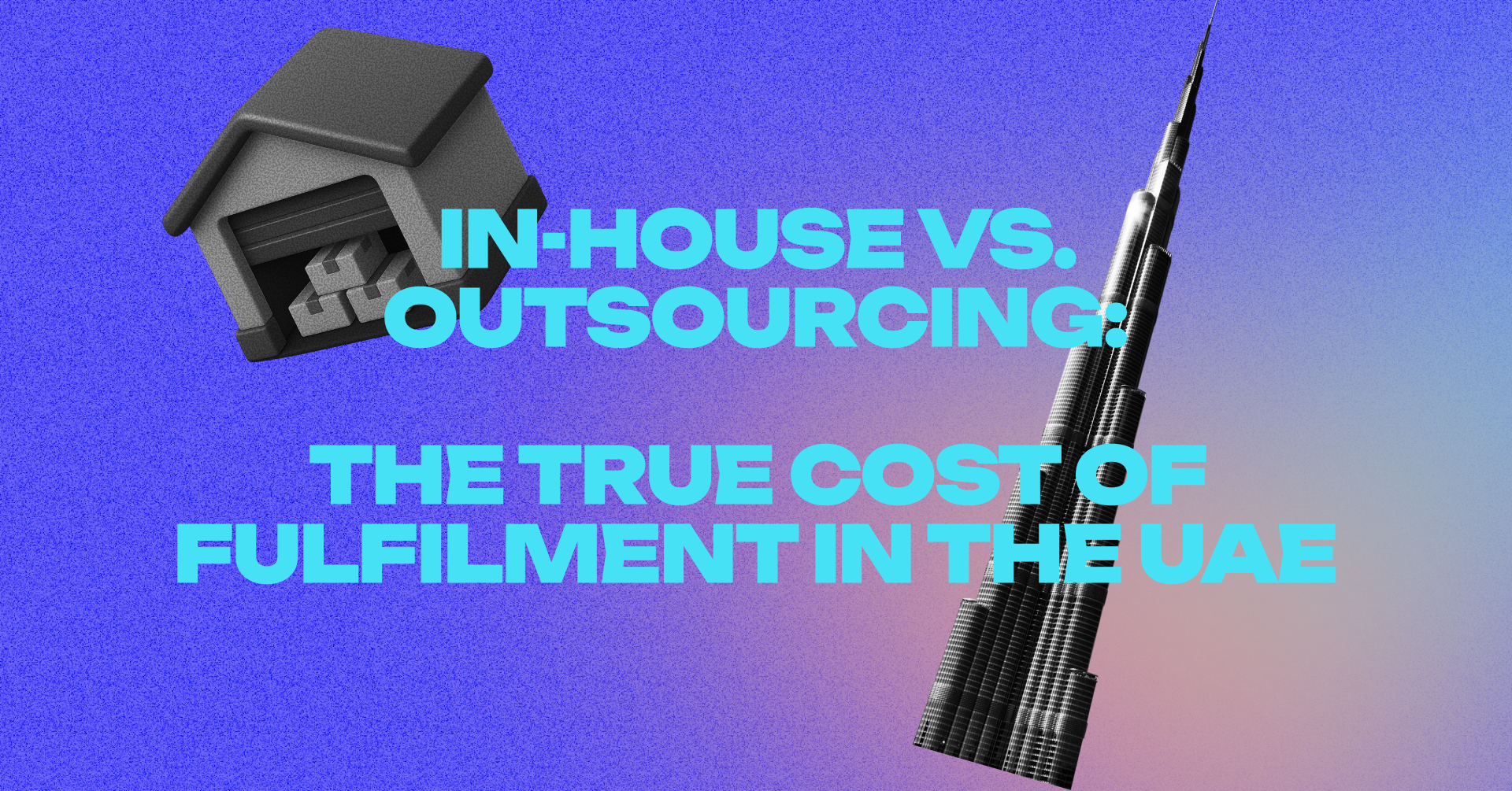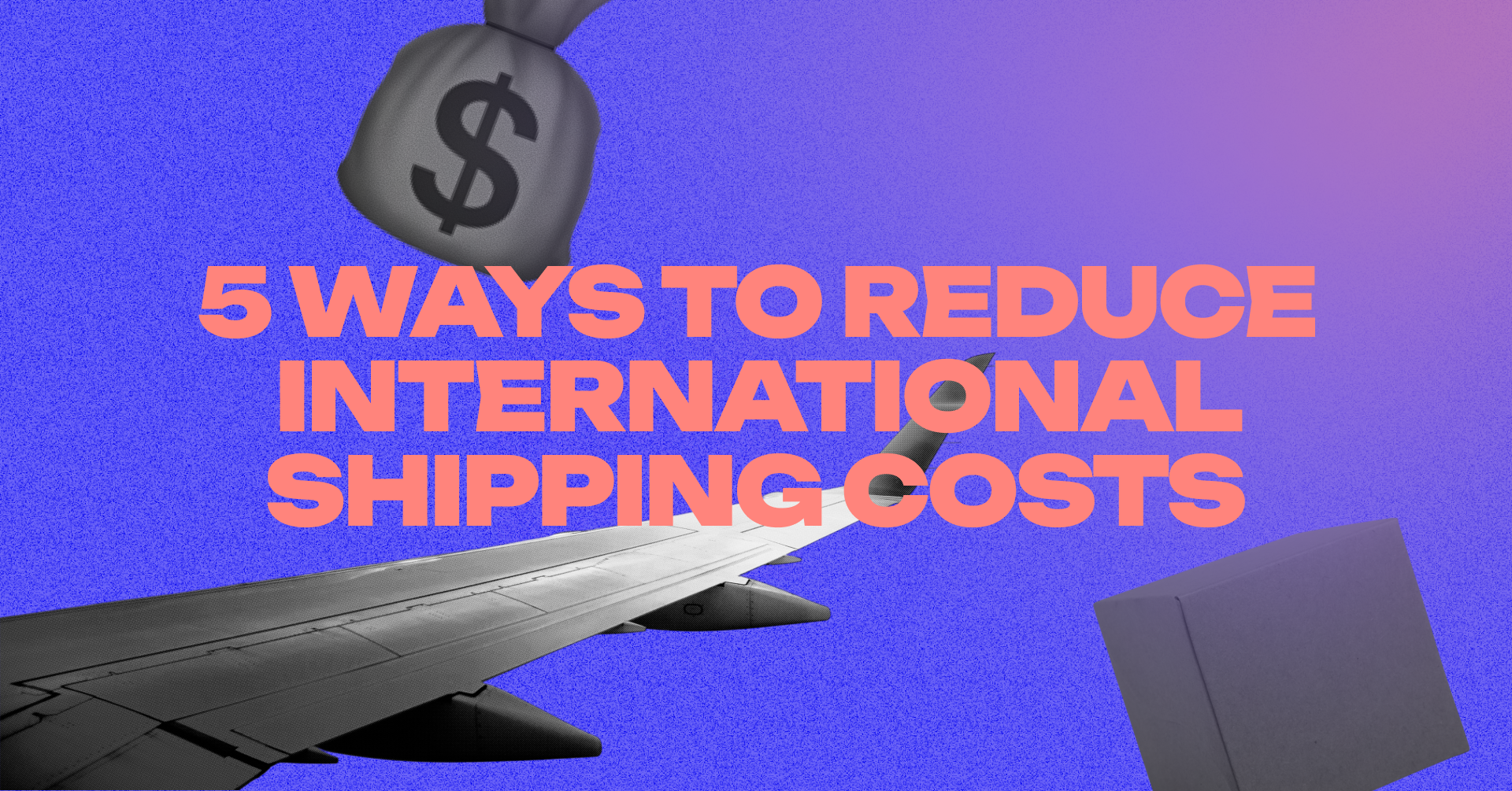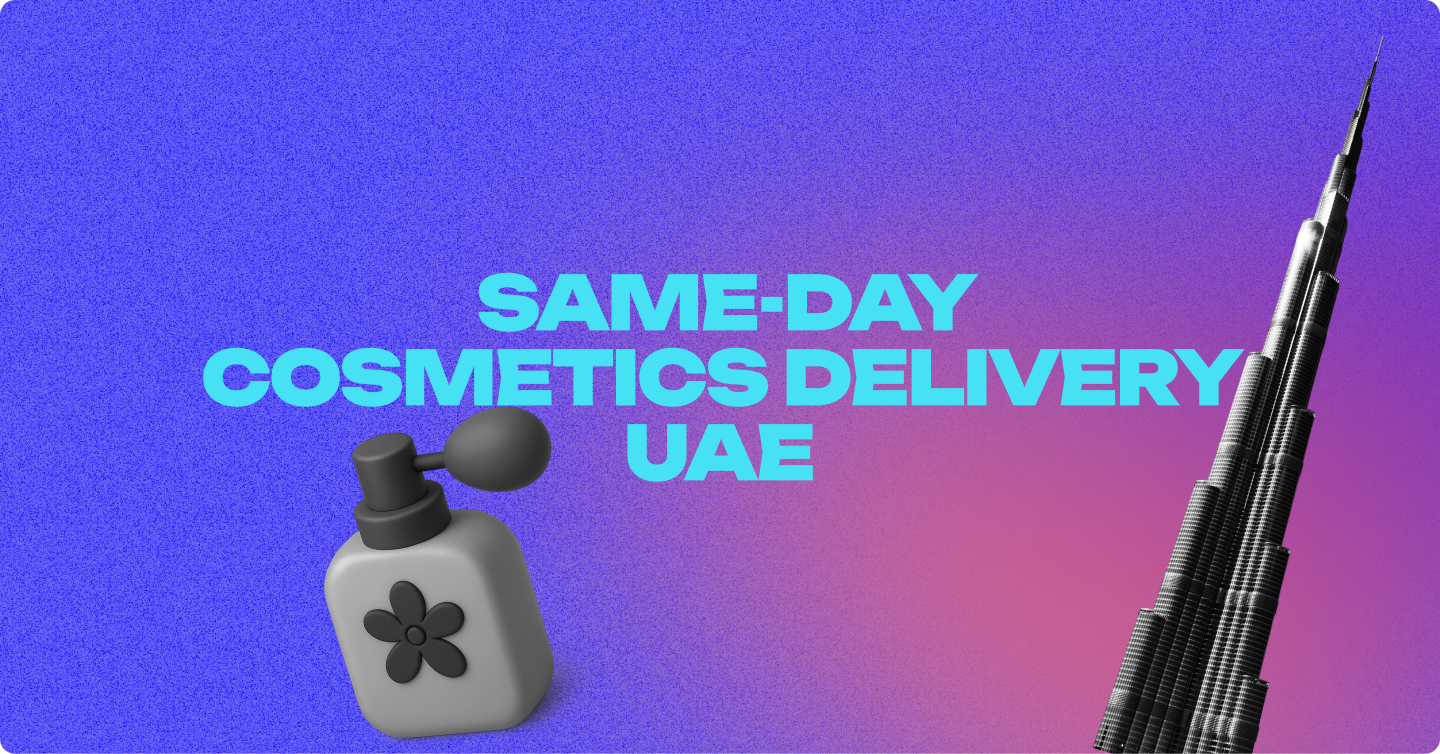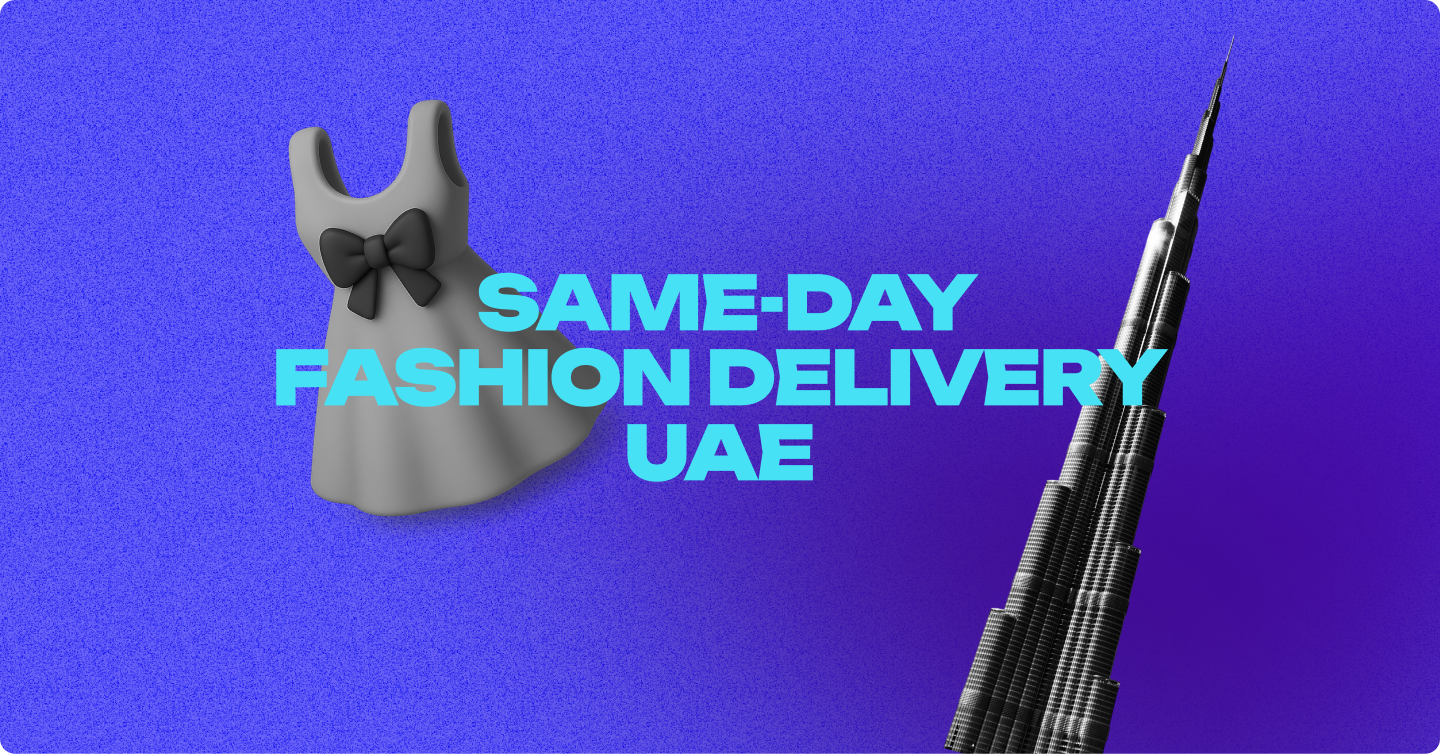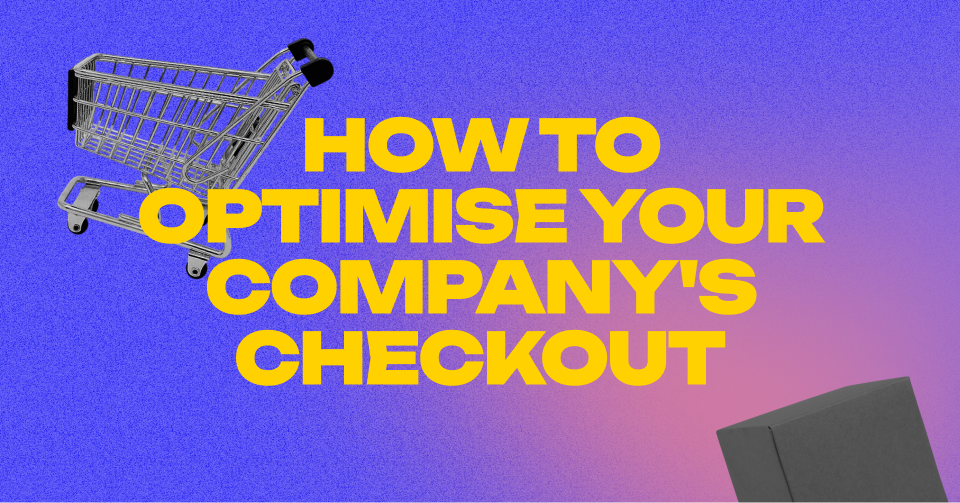In-house vs. Outsourcing: The True Cost of fulfillment in the UAE

In-house vs. Outsourcing: The True Cost of fulfillment in the UAE
E-commerce in the UAE is growing fast, and with that growth comes a critical question for many businesses: Should we keep fulfillment in-house, or outsource it to a third-party logistics provider (3PL)?
The right choice can make a huge difference to your costs, efficiency, and customer experience. The “tipping point” often comes when order volumes, SKU counts, or delivery requirements reach a level where your current setup either struggles to keep up or starts eating into margins.
Before we dive into the details, here’s a quick UAE-specific snapshot of the main differences between in-house and outsourced fulfillment…
When In-House fulfillment Makes Sense
🥇 Best for: Early stage & lower order volumes
If you’re processing <5 orders per day and your SKU range is still manageable, in-house fulfillment offers control and flexibility without huge capital outlay. At this stage, your storage needs are usually modest, and a small, well-organized space with a few trained staff can handle daily operations efficiently. You also retain the ability to adapt processes quickly, experiment with packaging or promotions, and maintain close oversight of quality before volumes make scaling a priority.
Key advantages:
1. Direct oversight of stock and quality control.
2. Ability to make quick, informal process changes.
3. No dependency on external service level agreements.
Disadvantages of in-house fulfillment in the UAE:
1. Warehouse costs can be high, with leases in Dubai Industrial City, JAFZA, or Dubai South running to AED 25 – 35 per sq.ft/year, plus DEWA utilities.
2. Labor is also expensive. Hiring and sponsoring warehouse staff could cost AED 3,000 – 4,500/month per employee, plus visas and insurance.
3. You must hold a valid trade licence covering warehousing/distribution and meet Dubai Municipality or free zone HSE requirements.
4. Handling fulfillment requires investment in a range of tech, including a warehouse management system (WMS), barcode scanners, labelling printers, and possible integration with your e-commerce platform.
When Outsourcing Fulfillment Makes Sense
🥇 Best for: Growing businesses and/or those targeting cross-border customers
As your order volumes increase, or when you start targeting customers across multiple emirates or the wider GCC, outsourcing fulfillment can simplify operations and remove bottlenecks. Partnering with a 3PL gives you instant access to established networks, optimized systems, and experienced staff who can process orders at scale without the lead time of expanding your own facility. This not only helps you manage seasonal peaks and rapid growth but can also improve delivery times by leveraging the provider’s strategic warehouse locations and bulk-shipping agreements.
Key advantages:
1. Your cost base remains mostly variable, with pricing per order and per cubic meter (CBM) of storage.
2. 3PLs already have systems, staff, and processes optimized for efficiency.
3. Access to bulk-discount shipping rates.
Disadvantages of outsourced fulfillment in the UAE:
1. Less direct control over day-to-day operations.
2. Service quality is tied to your partner’s reliability and performance.
👉 Further reading: Best Logistics Companies in UAE 2025
Cost Tipping Point Example
In this section, we’ll walk through a simplified UAE-specific cost comparison between running fulfillment in-house and outsourcing it to a 3PL, helping you understand how fixed costs in an in-house model can overtake variable costs in an outsourced model as your order volume grows – and where that “tipping point” might occur for your business.
Here’s a simplified example for a small UAE e-commerce brand doing 5 daily orders:
At low volume, in-house may cost less if you already have space and staff. But as you scale beyond ~5 orders per day, outsourced costs often remain proportionate, while in-house costs climb steeply as you’re forced to pay for extra space, staff, and systems.
In-house vs Outsourced in the UAE: How to Decide
Choosing between in-house and outsourced fulfillment in the UAE is rarely a one-size-fits-all decision. Your best option depends on factors like order volume, growth rate, product type, and the markets you serve. This section outlines the key considerations that can help you pinpoint when it’s time to keep fulfillment under your own roof or partner with a third-party provider:
1. Current volume: If you’re under 20 orders/day and space is available, in-house may be fine (but even then, it’s worth comparing your current costs against 3PL options).
2. Growth rate: If you expect to scale rapidly, outsourcing can save capital and time.
3. Geographic coverage: Multi-emirate or GCC distribution often favors 3PL networks.
4. Product type: High-value, fragile, or regulated items might need tighter in-house control.
5. Cash flow & investment: Outsourcing converts fixed costs to variable, freeing up capital.
Final Thoughts
The choice between in-house and outsourced fulfillment in the UAE isn’t just about cost – it’s about flexibility, scalability, and strategic focus. Knowing your order volumes, growth trajectory, and operational priorities will help you hit the tipping point where outsourcing (or keeping fulfillment in-house) delivers the best returns.
FAQs
What is in-house fulfillment?
In-house fulfillment means you manage all storage, picking, packing, and shipping operations yourself – using your own warehouse space, staff, and systems. In the UAE, this requires appropriate trade licensing, compliance with health and safety rules, and (if in a free zone) an approved storage facility.
What does outsourced fulfillment mean?
Outsourced fulfillment is when you hire a third-party logistics provider (3PL) to store your products, process orders, and ship them to customers. In the UAE, providers like Aramex, Quiqup fulfillment, and Swftbox offer this service on a per-order and per-storage basis.
What are the disadvantages of in-house fulfillment?
In-house fulfillment in the UAE often comes with high fixed costs for rent, staff salaries, utilities, and technology, plus responsibility for compliance, customs procedures, and peak-season scaling.
What are the benefits of outsourcing fulfillment?
Outsourcing in the UAE reduces fixed costs, scales easily with order volume, and gives access to 3PL technology, trained staff, and discounted carrier rates – though you have less direct control over day-to-day operations.
How do I know when to outsource fulfillment?
Signs include order volumes exceeding 5per day, difficulty keeping up with peaks (e.g., Ramadan, Black Friday), storage space constraints, or plans to ship nationwide or GCC-wide.
How much does warehouse space cost in the UAE?
Warehouse rents vary by location – JAFZA, Dubai South, and Dubai Industrial City average AED 25 – 35 per sq.ft/year, with Abu Dhabi free zones often slightly lower. You’ll also need to budget for utilities (DEWA or ADDC) and warehouse insurance.
Do I still need a trade licence if I outsource fulfillment?
Yes – you still need a valid UAE trade licence to sell goods, even if a 3PL handles storage and shipping. The 3PL’s licence covers their warehousing activities, not your trading activities.
Will outsourcing affect my delivery speed in the UAE?
Often it improves speed. 3PLs have established courier relationships, multi-emirate distribution, and optimised picking systems. But performance depends on the provider’s network and how close their facility is to your main customer base.
.png)
